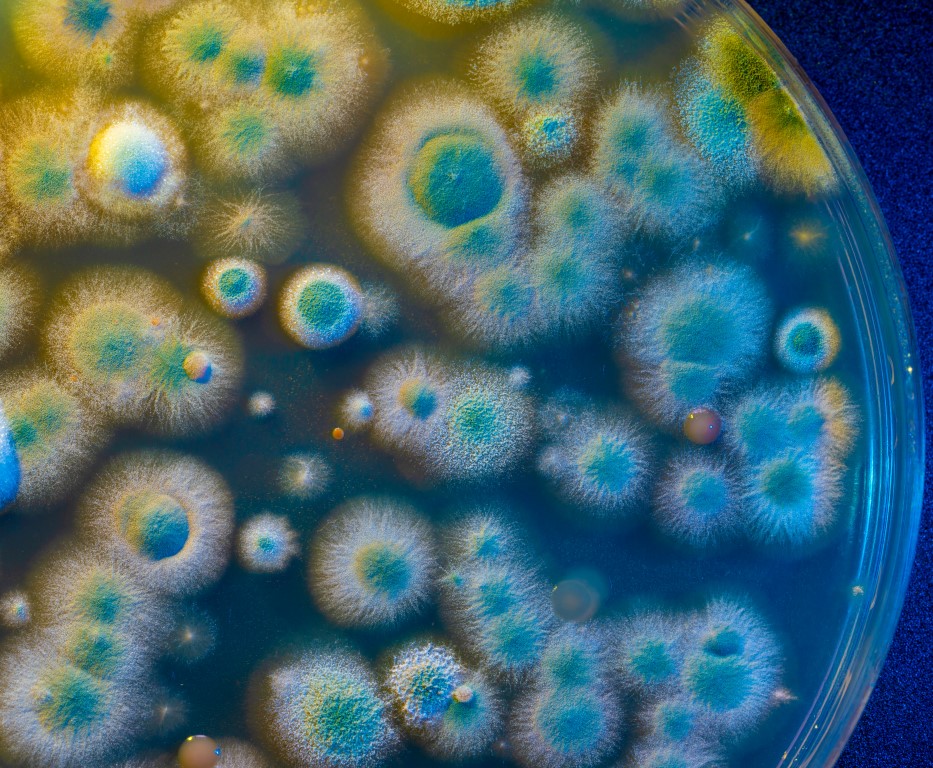A more productive and sustainable aquaculture sector is needed to meet sustainable development goals and supply a growing world population with high-quality protein. The industry is faced with the challenge to significantly increase productivity while at the same time securing both livelihoods and sustainability.
Controlling the microorganisms that are associated with aquaculture systems (i.e. the aquaculture microbiome) has always been essential in high-intensity rearing of fish. Disease outbreaks caused by pathogenic bacteria are believed to be one of the most serious challenges faced by the aquaculture industry, and consequently, extensive measures are taken to limit the introduction and proliferation of such bacteria in the aquaculture systems. Furthermore, microbial activity in these naturally eutrophied systems may produce unwanted toxic metabolites such as hydrogen sulphide, which is formed when microorganisms reduce sulphate in anaerobic respiration and which interferes with mammalian respiration.
However, microbes may also serve as a solution to an array of these very challenges. In the agriculture industry, microbiome-based products such as seed coatings that increase nutrient uptake in crops, and which antagonize plant pathogenic soil organisms, are becoming increasingly popular tools to improve productivity in a sustainable manner, and microbiome-based products may reach a market size comparable to that of chemical agro-chemicals within a few years.




